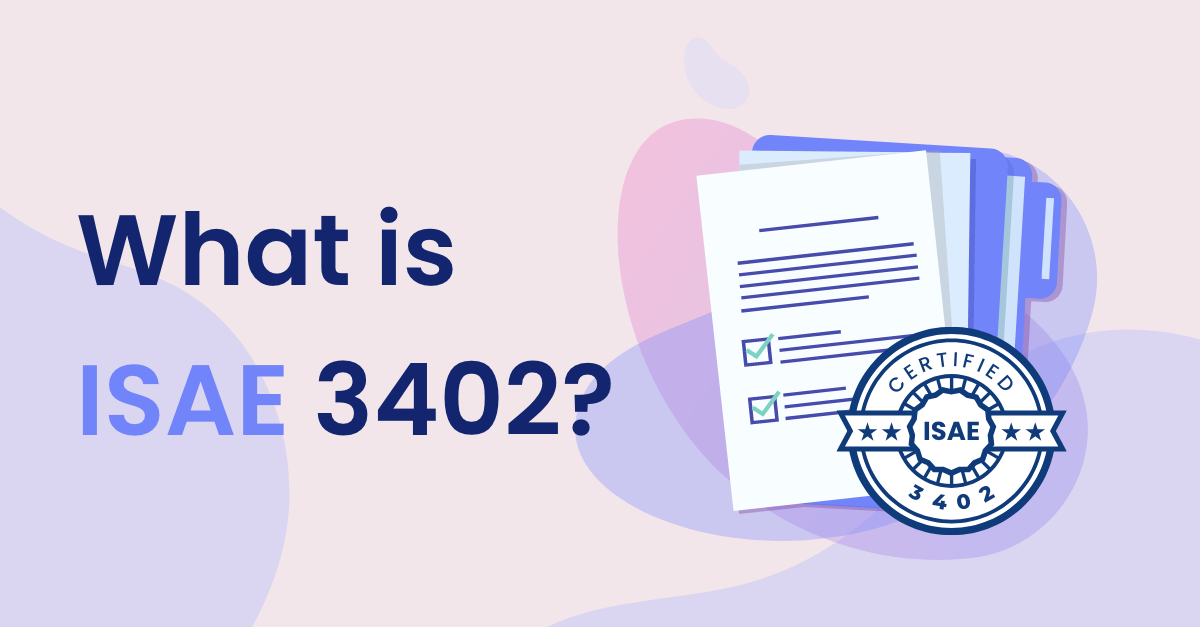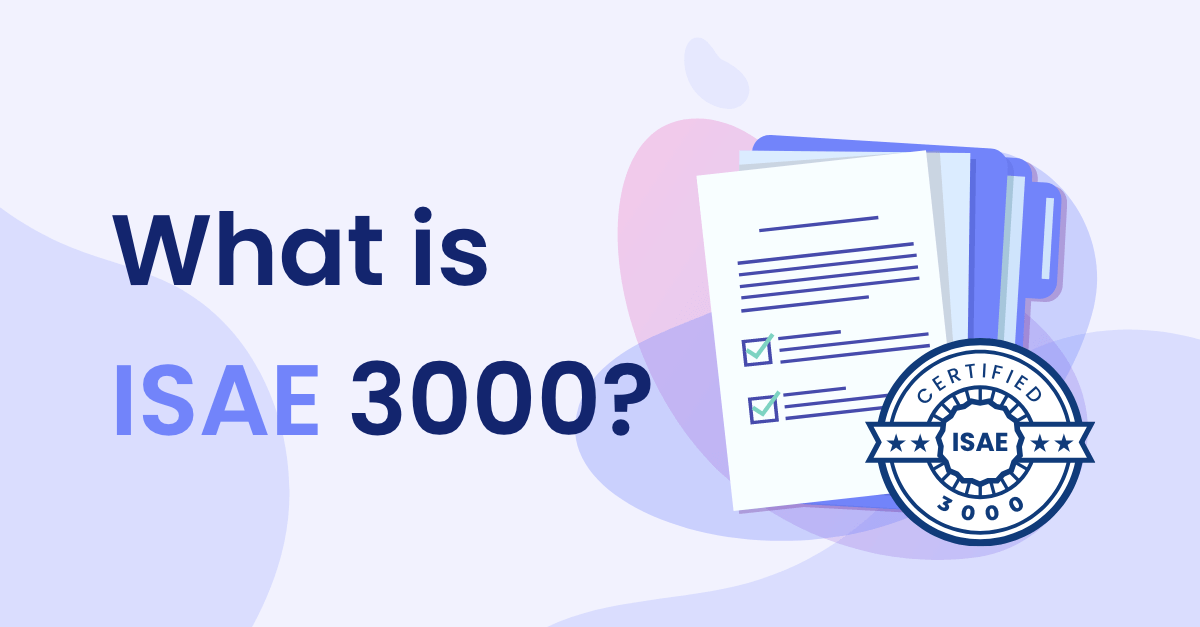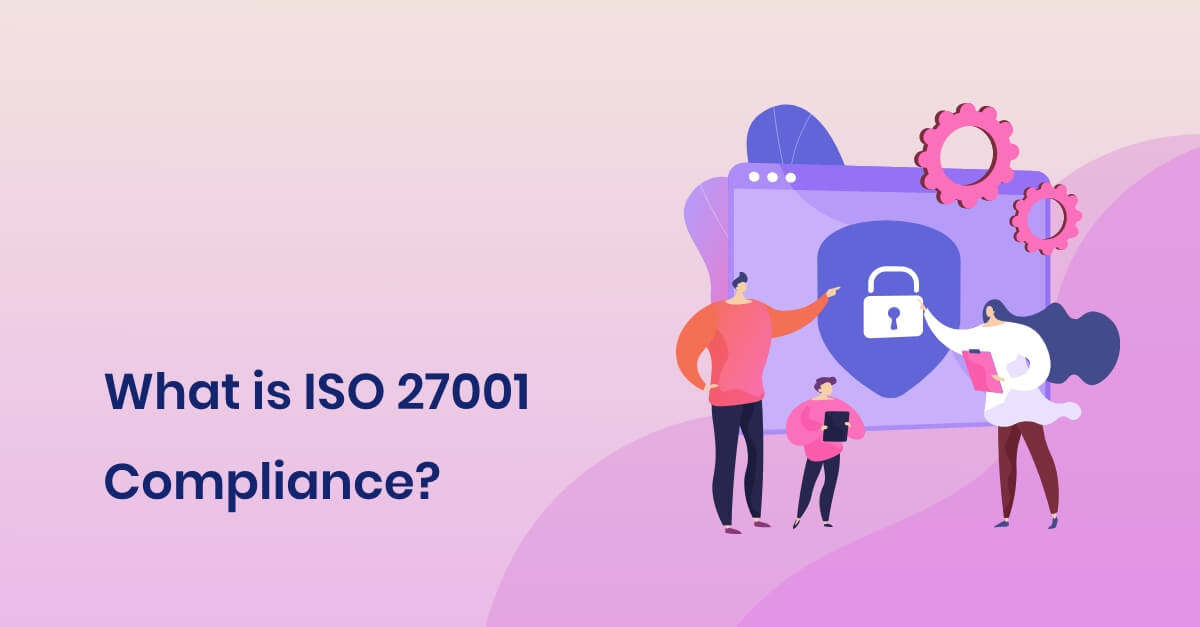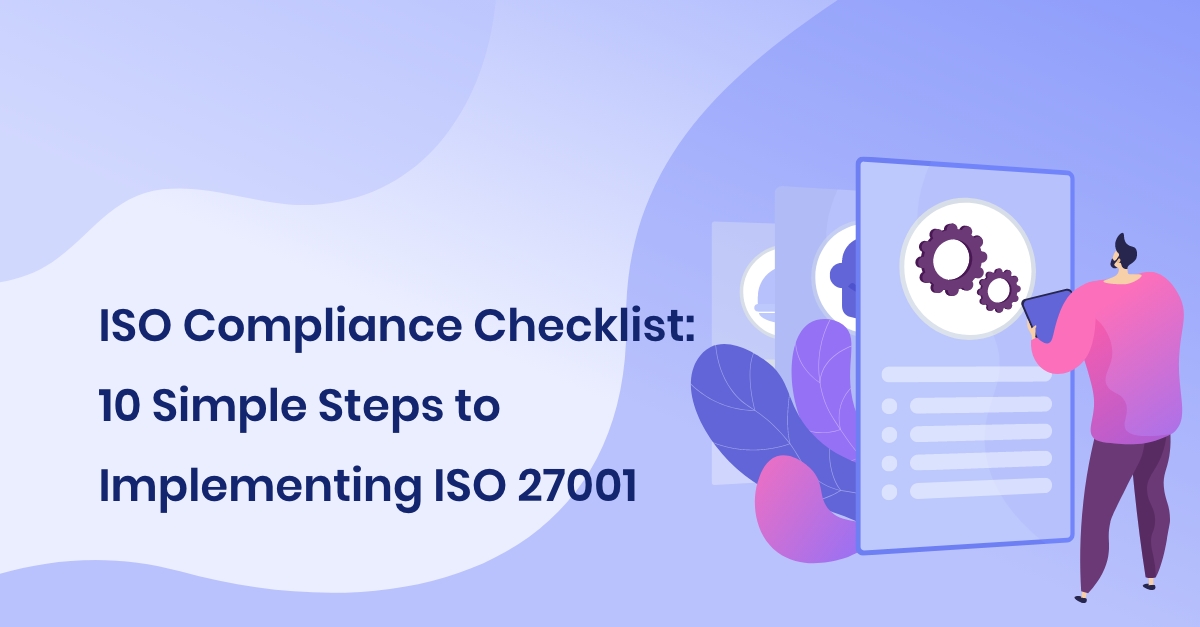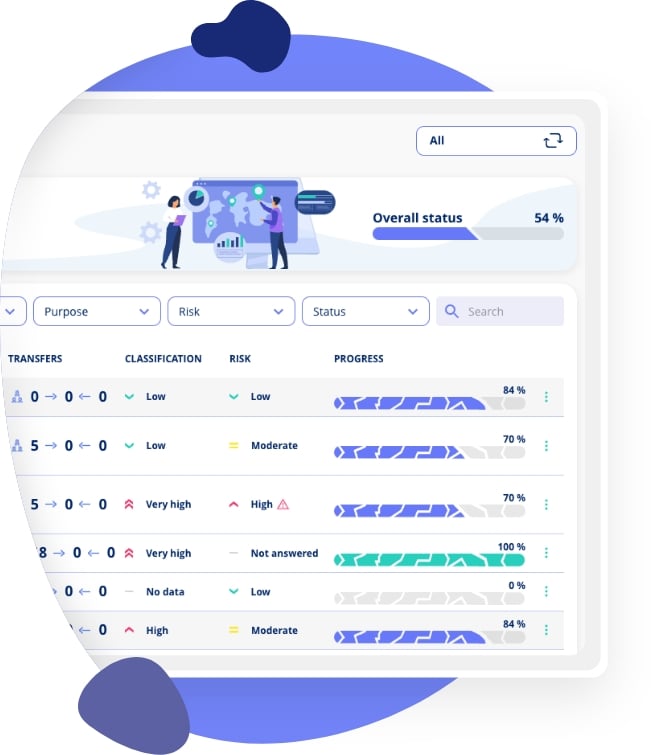Information Security vs. Cybersecurity
Information security relates to protecting all information in your organization, whether on paper or online.
Cybersecurity relates to the 'digital' security of your organization.
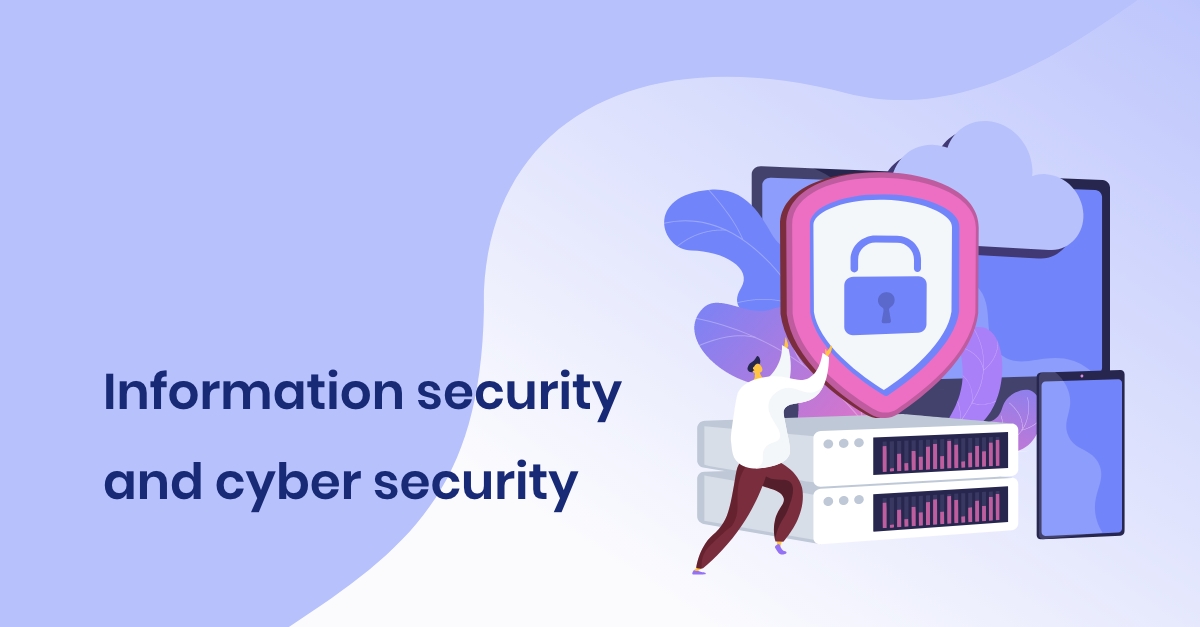
- Articles
- Information Security Management
- What is the difference between Information Security & Cybersecurity?
Introduction
Cybersecurity and information security... Do you think it's the same thing? Many people do! The two ideas are very similar, which makes it hard to tell them apart. Both terms are important for managing information risk.
In the past, data was kept in secure cabinets in the workplace. The main job of the information security department was to prevent physical data from being accessed by unauthorised people. Nowadays, there is also focus on safeguarding digital data from cyber attacks from cyberspace, resulting in the term cybersecurity.
Therefore, to recap the two concepts: Information security is the broader term that covers data protection, while cybersecurity addresses more specific threats. This article will explore more closely what information security and cybersecurity involve, how they relate to each other, what the CIA triad is, and how .legal can help you in the process.
Read more about ISMS here: Introduction to Information Security Management Systems (ISMS) and Privacy ISMS Prices.
What is information security?
Information security (or InfoSec) is a broad concept that aims to ensure that only authorised people can access data. Information security can be seen as an umbrella that covers all data, whether physical or digital. Therefore, it is important to protect all types of data, which includes cybersecurity.
Compliance requires policies, procedures, and technological solutions that are usually essential for information security. These measures provide a clear method to deal with and observe the security aspects of processing information. They aim to protect against various threats, including hackers, cyberattacks, physical theft, and negligence by employees. Measures to prevent these threats may include encryption, access control (both physical and digital), awareness training, review of processing activities, and risk management.
Inside an organisation, it is important to educate personnel to increase their awareness of the risks associated with handling data, encouraging responsible behaviour, and emphasising these concerns. Outside an organisation, it is essential to ensure strong security measures against unauthorised access, including protection against cyberattacks. This can be achieved through antivirus and firewall software, data encryption, access policies, and ongoing updates and enforcement of necessary procedures and policies.
Maintaining a high level of information security is vital both inside and outside the organisation. Moreover, it is essential that what is applied is efficient and improves security. To verify the efficiency of these actions, regular evaluations are required so that the actions can be assessed and possibly refined if needed.
What is cybersecurity?
Cybersecurity is a subset of information security that focuses on defending against digital threats. It is not as comprehensive as information security in terms of the measures of protections it offers. Data security, however, includes both data and information in its protection.
As digitisation grows, so does the dependence on technology and digital data storage, which also increases the risk of attacks. Cybersecurity is a vital method that deals with the practical aspects of protecting data, digital systems, and networks from threats, such as cyberattacks that could possibly allow unauthorised access. It is important that cybersecurity is not neglected, and measures are properly applied to uphold the aforementioned CIA triad (confidentiality, integrity, and availability).
The organisation needs to guard itself from any undesired and unauthorised access that tries to take advantage of its vulnerabilities. This is done by using up-to-date protective software such as firewalls, access control, and best-practice education. The methods used in cybersecurity are similar to those used to protect information security, as both aim to prevent and guard against digital threats. Thus, both information security and cybersecurity require a holistic approach, incorporating technology, awareness, and preparation.
Read more about ISMS right here: Information Security Management System for IT-security & NIS2 compliance
How do both terms overlap?
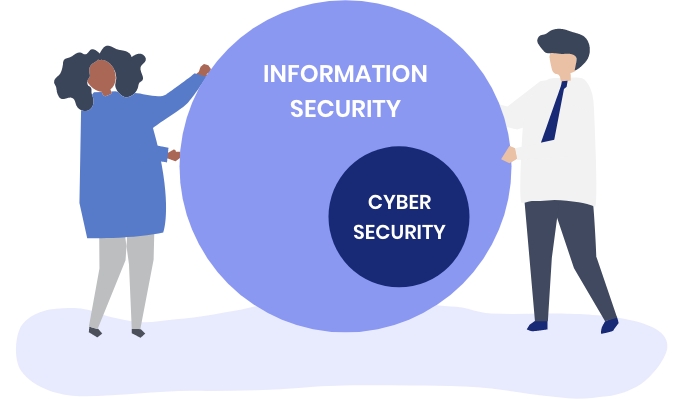
Not all data is information, but all information is data. Brief and exact – yet perhaps still confusing? This implies that data needs to have a clear meaning to become information. Otherwise, it is only data.
For example, '100199' is just a random sequence of numbers, categorised as data. However, if one can figure out that it represents January 10, 1999, and maybe pertains to a birthdate, then it suddenly becomes information and is no longer ‘just’ data. This concept is relevant when understanding the difference between information security and cybersecurity.
Information security and cybersecurity are related concepts. They both deal with preventing unauthorised access and cyberattacks on information systems, but information security also covers protection against physical threats. Some may view cybersecurity as a subset of information security, since they both focus on protecting information from digital threats. Others may think that information security is, to some extent, part of cybersecurity, as cybersecurity includes both information and data.
In terms of risk management, information security covers cybersecurity and more. This is because information security protects against all kinds of threats, whether they are physical or digital. This is despite the fact that, with digitalisation, there is an observed increase in digital attacks from hackers or similar entities gaining unauthorised access to information systems and other vulnerabilities.
Data Privacy Risk Management - Best Practices & Frameworks
How to ensure proper data processing and supervision of data processor
Information security vs cybersecurity: Differences
Information security |
Cybersecurity |
|
Definition |
Protection of information in general, including both physical and digital. | Specific protection of digital data and information. |
Scope |
All kinds of information storage. | All kinds of data and information storage in the digital world. |
Threat |
All kinds of threat. | Digital threats. |
Skills required |
Knowledge of risk management and compliance, along with legal and technical expertise. | Knowledge about computers, networks, and information security. |
Focus |
Information only. | Both data and information. |
CIA Triad: Confidentiality – Integrity – Availability
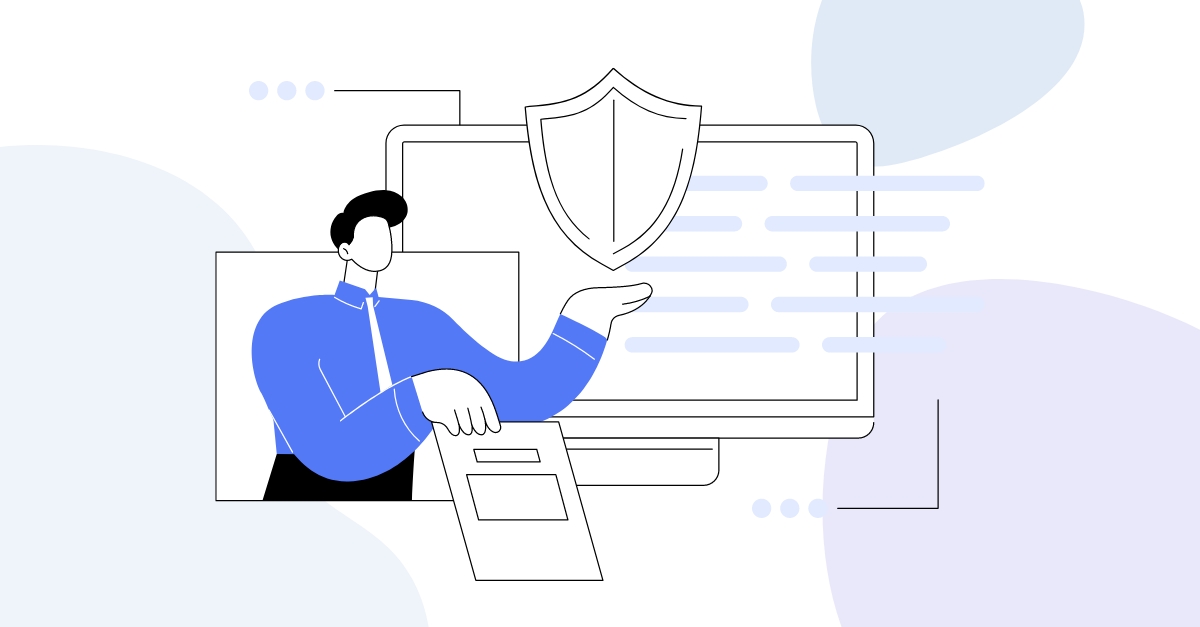
The purpose of information security and cybersecurity is the same: to safeguard information and the systems that store or process it from unauthorised access or use. This is done by following what is known as the CIA triad, which means Confidentiality, Integrity, and Availability. CIA is therefore a link between the core concepts of information security (including data security). Let's break down these principles one by one.
Confidentiality means that only authorised people can see data, both regular and sensitive data. This can be done through encryption and access controls, limiting data access to those who have the right and need to see it.
Integrity ensures that the original data stays accurate and unmodified so that it is reliable. Methods such as hash functions, digital signatures, and revisions can be used to maintain and support this, avoiding unauthorised changes to the data.
Availability means making sure that the data can be accessed when required. This includes avoiding power cuts or hardware breakdowns. Also, hackers often launch Distributed Denial of Service (DDoS) attacks, where they send a lot of traffic to a server or network at the same time, overwhelming it and making it unreachable for legitimate users. The principle of availability should also seek to prevent such incidents. Availability is best maintained by managing, fixing, and replacing hardware when needed, ensuring all systems are updated. It is further protected through redundancy, backup systems, and strong system designs.
Together, these principles form the foundation of information security and cybersecurity. The CIA triad collaborates to protect a company's data by ensuring accuracy, preventing unauthorised access, and preserving availability, all with the aim of meeting the organisation's requirements, needs, and obligations.
How can .legal help protect your data?
Are you still unsure how to do it? You can get help with improving and simplifying your data protection by using a tool like .legal’s Privacy ISMS.
Overview: GDPR, Information and Cyber Compliance Software Tools
In Privacy ISMS, you have the opportunity to gain an overview of your IT systems and devices and conduct a risk assessment of the systems or processes your company utilises. Additionally, the tool offers an annual wheel where you can plan activities based on compliance areas. If you don't have particular needs, you can rely on .legal’s standards and best practices in different compliance areas such as IT security or NIS2.
By implementing this, you can effectively control and maintain compliance within your IT systems and processes in regard to information security and cybersecurity, ensuring that necessary tasks are carried out in accordance with established plans and with the involvement of the right resources.
Furthermore, Privacy ISMS enables the management of scheduled tasks in the annual wheel, seamlessly integrating with a task management tool. This provides you with an easy overview of tasks to be performed, allowing you to efficiently delegate them to relevant colleagues or other responsible parties. This ensures the correct and timely execution of tasks – every time!
Read about how to optimise your data mapping: GDPR Data Mapping Made Simple with Our GDPR Data Mapping Tool




.jpeg)

.jpg)
.jpg)



.jpg)

-1.png)



.jpeg)








.jpg)





Info
.legal A/S
hello@dotlegal.com
+45 7027 0127
VAT-no: DK40888888
Support
support@dotlegal.com
+45 7027 0127
Need help?
Let me help you get started

+45 7027 0127 and I'll get you started
.legal is not a law firm and is therefore not under the supervision of the Bar Council.




